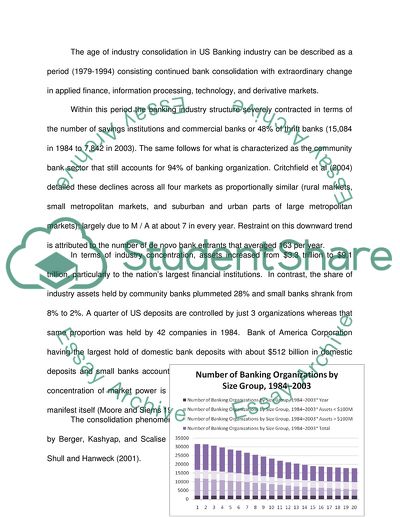Cite this document
(Consolidation of the US Banking Industry and Small Businesses Research Paper, n.d.)
Consolidation of the US Banking Industry and Small Businesses Research Paper. Retrieved from https://studentshare.org/finance-accounting/1737180-the-effect-of-bank-consolidation-on-small-business-lending-in-the-us-case-study-of-acquisition-of-merrill-lynchll-by-bank-of-america
Consolidation of the US Banking Industry and Small Businesses Research Paper. Retrieved from https://studentshare.org/finance-accounting/1737180-the-effect-of-bank-consolidation-on-small-business-lending-in-the-us-case-study-of-acquisition-of-merrill-lynchll-by-bank-of-america
(Consolidation of the US Banking Industry and Small Businesses Research Paper)
Consolidation of the US Banking Industry and Small Businesses Research Paper. https://studentshare.org/finance-accounting/1737180-the-effect-of-bank-consolidation-on-small-business-lending-in-the-us-case-study-of-acquisition-of-merrill-lynchll-by-bank-of-america.
Consolidation of the US Banking Industry and Small Businesses Research Paper. https://studentshare.org/finance-accounting/1737180-the-effect-of-bank-consolidation-on-small-business-lending-in-the-us-case-study-of-acquisition-of-merrill-lynchll-by-bank-of-america.
“Consolidation of the US Banking Industry and Small Businesses Research Paper”, n.d. https://studentshare.org/finance-accounting/1737180-the-effect-of-bank-consolidation-on-small-business-lending-in-the-us-case-study-of-acquisition-of-merrill-lynchll-by-bank-of-america.


